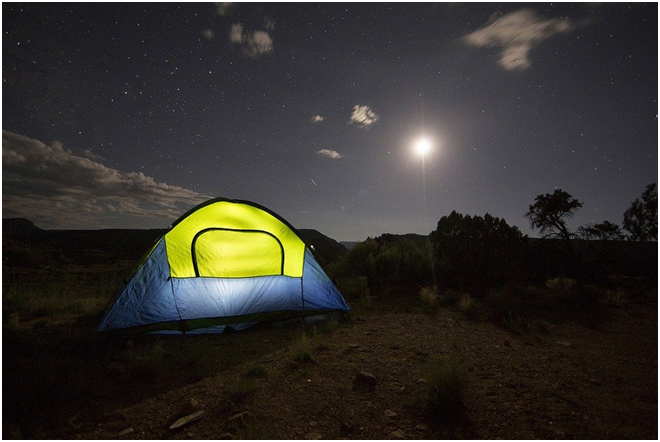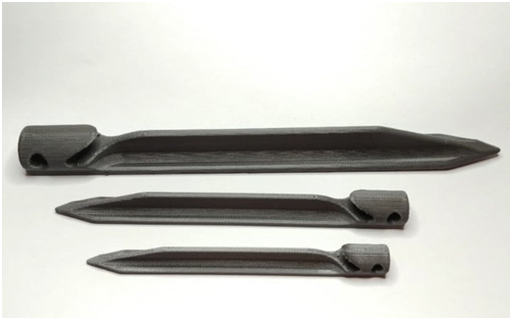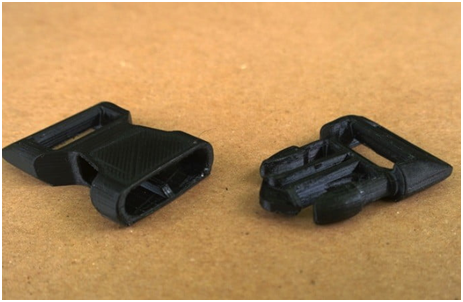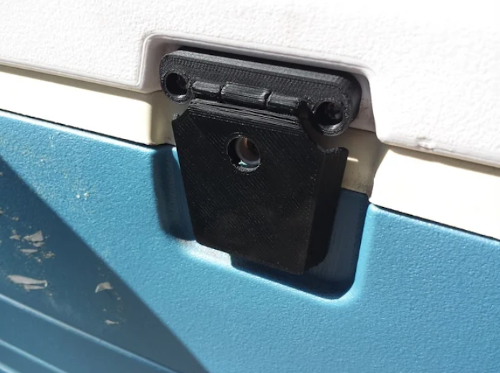
Charles R. Goulding and Peter Favata take a look at 3D printing for the great outdoors.
Camping is one of the most popular outdoor activities in the US, with approximately 40 million people going annually. In today’s fast-moving world, camping allows people to experience a temporary disconnect from society by removing distractions such as phones, television, and the need to always be connected. This can be very refreshing to the mind and body. Additionally, people are now actively seeking out activities that can be done while socially distancing from others. What better way to socially distance than to be out in the woods for a break from civilization.
To mitigate the result of years of inadequate maintenance since the 1990s, President Trump recently signed the Great American Outdoors Act, which provides $9.5 billion to the National Park System. One of the improvements will be revamping campgrounds to create a wider and cleaner space for campers nationwide.
3D Printing for Camping and Hiking
Camping requires a decent amount of equipment to make it easy and enjoyable. For hikers, minimizing the weight of your backpack can be crucial for completing a trail. This makes 3D printing a great candidate for producing new or replacement parts for camping and hiking gear, which tends to undergo significant stress when in use.
Users can design components that are both strong and lightweight. Additionally, if a piece breaks, a replacement part can be easily designed and 3D printed in time for the next trip to the campgrounds or trail.
Most tents require tent stakes that secure it to the ground. Sometimes these stakes are sized incorrectly for the tent they are bundled with. With 3D printing, stakes can be sized more appropriately to secure a tent.

Another common component used for camping and hiking gear that undergoes significant stress throughout its lifetime is clip buckles. Many backpacks, tents, and sleeping bags use these clips to keep them secure. Clip buckles are perfect for 3D printing – not only can they be replaced quickly with little effort, but it also eliminates the potential of buying them in bulk or getting the wrong size.

Coolers and airtight food storage containers are other important items to bring when camping. The initial investment on some coolers can be expensive but 3D printing can be used to make replacement parts or new accessories for a very low cost. For example, the latch that keeps a cooler locked is

Manufactures and designers utilizing 3D printing in the camping and hiking gear industry may be eligible for R&D Tax Credits.
The Research & Development Tax Credit
Whether it’s used for creating and testing prototypes or for final production, 3D printing is a great indicator that R&D credit-eligible activities are taking place. Companies implementing this technology at any point should consider taking advantage of R&D Tax Credits.
Enacted in 1981, the now permanent Federal Research and Development (R&D) Tax Credit allows a credit that typically ranges from 4%-7% of eligible spending for new and improved products and processes. Qualified research must meet the following four criteria:
- Must be technological in nature
- Must be a component of the taxpayer’s business
- Must represent R&D in the experimental sense and generally includes all such costs related to the development or improvement of a product or process
- Must eliminate uncertainty through a process of experimentation that considers one or more alternatives
Eligible costs include US employee wages, cost of supplies consumed in the R&D process, cost of pre-production testing, US contract research expenses, and certain costs associated with developing a patent.
On December 18, 2015, President Obama signed the PATH Act, making the R&D Tax Credit permanent. Since 2016, the R&D credit can be used to offset Alternative Minimum Tax (AMT) or companies with revenue below $50MM and, startup businesses can obtain up to $250,000 per year in cash rebates that can be applied directly to payroll taxes.
Conclusion
Camping and hiking offer an escape from mundane day-to-day life and an opportunity to disconnect and relax while enjoying nature. Whether you are hitting up a trail or sitting by the campfire, the equipment that is brought along can be the difference between fun and frustration. 3D printing is a great solution for repairing camping and hiking gear.
